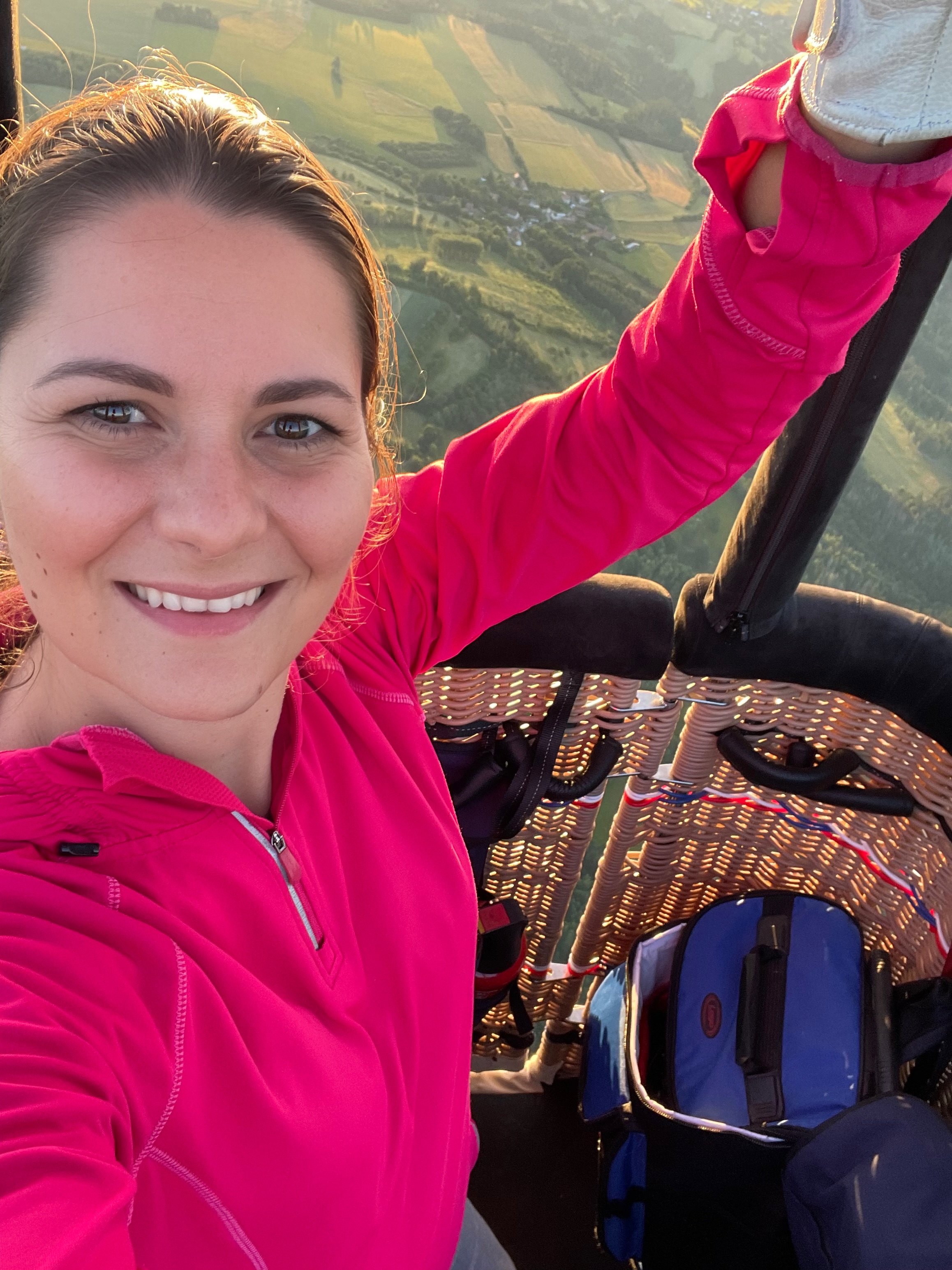Contact Us
Introduction to Ballooning
Hot air ballooning is a unique blend of art and science that has captivated adventurers and dreamers for centuries. The sight of a colorful balloon gently drifting across the sky is both enchanting and awe-inspiring. But what goes into making these flights possible? Let's explore the fascinating world of hot air ballooning, where art meets science in the most spectacular way.
The History and Evolution of Ballooning
Hot air ballooning dates back to the 18th century, when the Montgolfier brothers first took to the skies in a balloon made of paper and silk. Since then, ballooning has evolved significantly, incorporating advances in technology and materials. Modern balloons are designed with high-strength, lightweight fabrics and equipped with sophisticated burners and navigation systems, making flights safer and more efficient.
The Science Behind Ballooning
-
Buoyancy and Lift:
The fundamental principle that allows hot air balloons to fly is buoyancy. When the air inside the balloon is heated, it becomes less dense than the cooler air outside, creating lift. This difference in density causes the balloon to rise. The pilot can control the ascent and descent by adjusting the heat in the balloon, usually with a propane burner.
-
Atmospheric Conditions:
Weather plays a crucial role in ballooning. Ideal flying conditions are typically found in the early morning or late afternoon when winds are calm and stable. Pilots must have a thorough understanding of meteorology to interpret weather patterns and make informed decisions about flight safety.
-
Navigation and Control:
Unlike airplanes, hot air balloons do not have steering mechanisms. Instead, pilots navigate by ascending or descending to different altitudes where the wind direction may vary. Understanding wind patterns and layers of air movement is essential for effective navigation.
The Art of Ballooning
-
Balloon Design:
The artistic aspect of ballooning is evident in the vibrant and imaginative designs of the balloons themselves. Each balloon is a flying work of art, with colors and patterns that capture the imagination and enhance the visual spectacle of flight. Balloon festivals around the world showcase these designs, turning the sky into a canvas of creativity.
-
Pilot Skill and Experience:
The skill of the pilot is paramount in ballooning. Pilots must combine their knowledge of physics and weather with intuitive flying techniques. Experience and a steady hand are essential for managing the balloon's movements, particularly during takeoff and landing, which require precise control.
-
The Passenger Experience:
The art of ballooning extends to the experience provided to passengers. From the gentle lift-off to the serene drift over landscapes, every moment is crafted to create a memorable adventure. Pilots often share stories and insights, enhancing the overall experience with their passion and knowledge.
Safety in Ballooning
Safety is the cornerstone of hot air ballooning. Comprehensive pre-flight checks, rigorous maintenance of equipment, and continuous training for pilots are standard practices. Modern technology, such as GPS and real-time weather updates, further enhances flight safety. Organizations and regulatory bodies oversee ballooning operations to ensure adherence to safety standards.
The Community of Ballooning
Hot air ballooning is not just a solo activity; it's a vibrant community. Balloon festivals and events bring together pilots, enthusiasts, and spectators from around the world. These gatherings are a celebration of the art and science of ballooning, fostering camaraderie and sharing the joy of flight.


